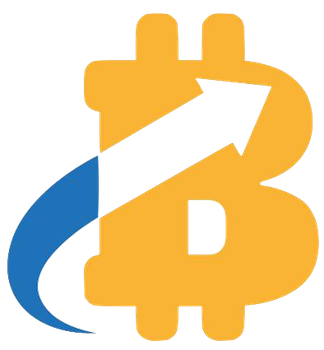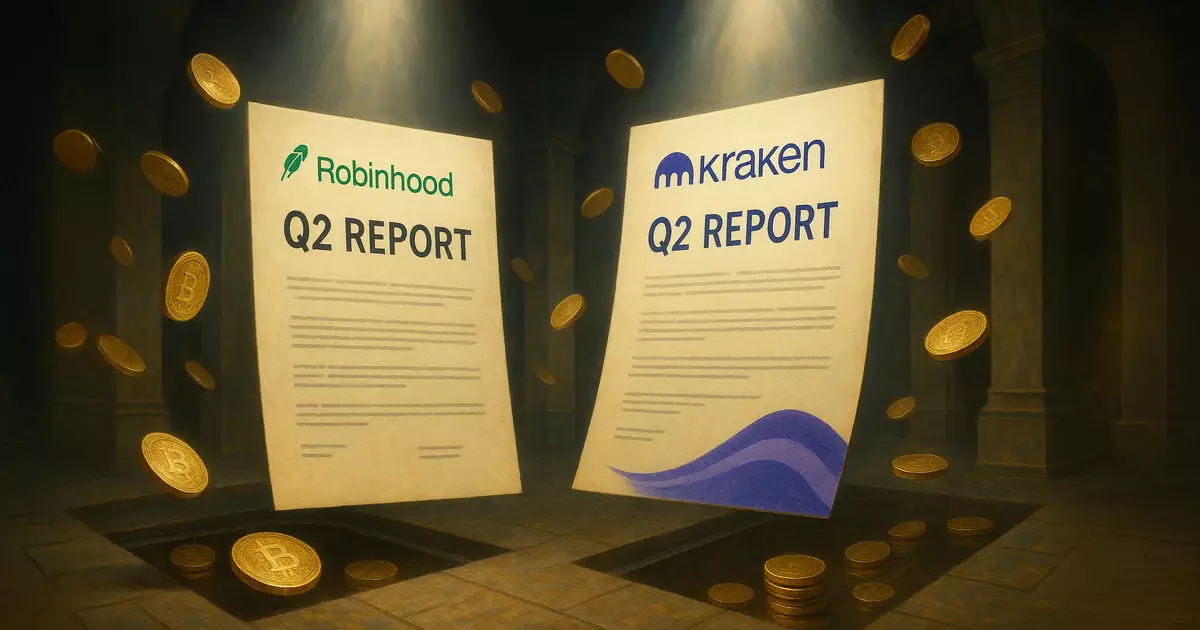Recent financial disclosures from Robinhood and Kraken paint a picture of thriving crypto platforms, yet beneath the surface, a more troubling narrative emerges. On the surface, their results seem to be driven by impressive YoY gains, fueling optimism about the future of digital assets. However, closer analysis reveals that these increases may be more a reflection of market volatility and strategic marketing efforts than genuine and sustainable growth. Both platforms report record-breaking numbers; Robinhood’s crypto revenues nearly doubled YoY, while Kraken shows robust user expansion. But these figures are accompanied by a distinct slowdown in quarter-over-quarter performance—a crucial warning sign that momentum cannot be taken at face value.
Robinhood’s meteoric 98% YoY increase in crypto transaction revenue, driven by a 45% jump in overall net revenue and a 32% surge in trading volume, unquestionably signals heightened activity. Yet, the quarter-over-quarter decline in revenue and trading volume suggests that recent enthusiasm isn’t translating into consistent, stable growth. Instead, it may be a byproduct of short-term market volatility, as investors respond to macroeconomic uncertainties and crypto market swings. Robinhood’s push into tokenized equities and Layer 2 protocols on Arbitrum demonstrates strategic innovation, but these ventures, while promising, are still in their infancy and carry significant execution risks. Their success hinges on broader market stability and user trust—elements that remain fragile.
Kraken’s situation offers a similar story. Despite its 18% YoY rise and expanding user base—remarkably a 37% increase over the year—its quarter-over-quarter decline in revenue and exchange volume signals weak momentum. The dip in exchange volume to $186.8 billion may seem substantial, but the steady growth in total assets and user accounts underscores a crucial point: ongoing user onboarding and asset accumulation. Crucially, Kraken emphasizes its conservative approach to risk, boasting full backing of assets via proof-of-reserve mechanisms. While reassuring, it also underscores that Kraken’s current resilience may rely heavily on maintaining favorable market conditions and regulatory compliance rather than intrinsic market strength.
Market Volatility and Strategic Shifts: Signs of an Industry at Crossroads
Both Robinhood and Kraken’s latest results exemplify an industry caught between explosive growth and mounting instability. Their strategic moves, such as Robinhood’s expansion into tokenized stocks and Ethereum Layer 2 integrations, aim to diversify revenue streams and lock in market share amid a turbulent environment. However, these initiatives require investor confidence, infrastructure stability, and regulatory clarity—elements that are far from secure. The fact that Kraken managed to increase market share in stablecoin-to-fiat trading speaks to the euphoric short-term demand, but it cannot mask the underlying risk that regulatory crackdowns and market downturns could quickly undermine such gains.
Furthermore, Kraken’s recent regulatory advances—obtaining licensing under MiCA in Europe and Canadian licensing—point to an industry trying to play by the rules. While these developments are positive, they also highlight the increasingly complex and precarious regulatory landscape that could stifle innovation or impose costly compliance burdens. The apparent stability promised by full reserves might be more fragile than it appears, especially as many market participants grapple with contagion risks and liquidity pressures.
In sum, Robinhood and Kraken’s latest earnings showcase a narrative of resilience and innovation. Yet, beneath their glossy surface lies a fragile ecosystem heavily influenced by market volatility, regulatory uncertainty, and strategic gamble. The YoY gains may be impressive in isolation but are less meaningful when viewed through the lens of QoQ performance and prevailing macroeconomic headwinds. For those invested or considering investment in the crypto sector, these results serve as a stark reminder that what appears as a booming industry might be, at best, a mirage—persistently vulnerable to sudden downturns and policy setbacks. The real test for these platforms—and for the industry at large—will be whether they can sustain their recent momentum without succumbing to the inevitable turbulence ahead.



















Leave a Reply